When it comes to user-side equipment in broadband fiber access, we often see English terms such as ONU, ONT, SFU, and HGU. What do these terms mean? What’s the difference?
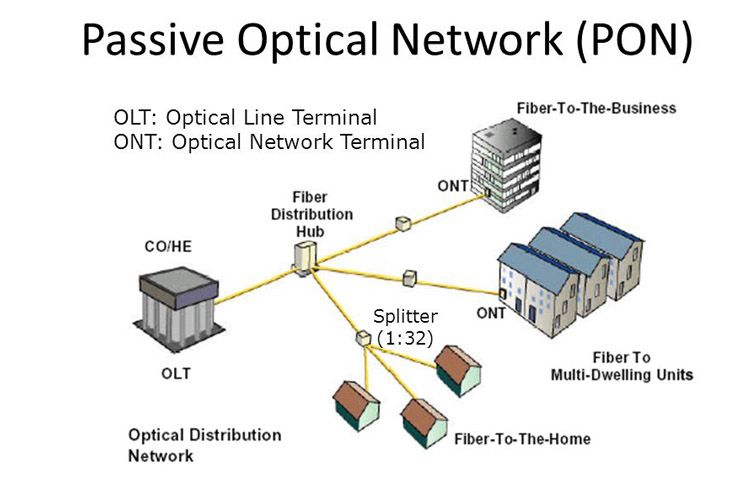
1. ONUs and ONTs
The main application types of broadband optical fiber access include: FTTH, FTTO, and FTTB, and the forms of user-side equipment are different under different application types. The user-side equipment of FTTH and FTTO is used by a single user, called ONT (Optical network terminal, optical network terminal), and the user-side equipment of FTTB is shared by multiple users, called ONU (Optical Network Unit, optical network unit).
The user mentioned here refers to the user who is billed independently by the operator, not the number of terminals used. For example, the ONT of FTTH is generally shared by multiple terminals in the home, but only one user can be counted.
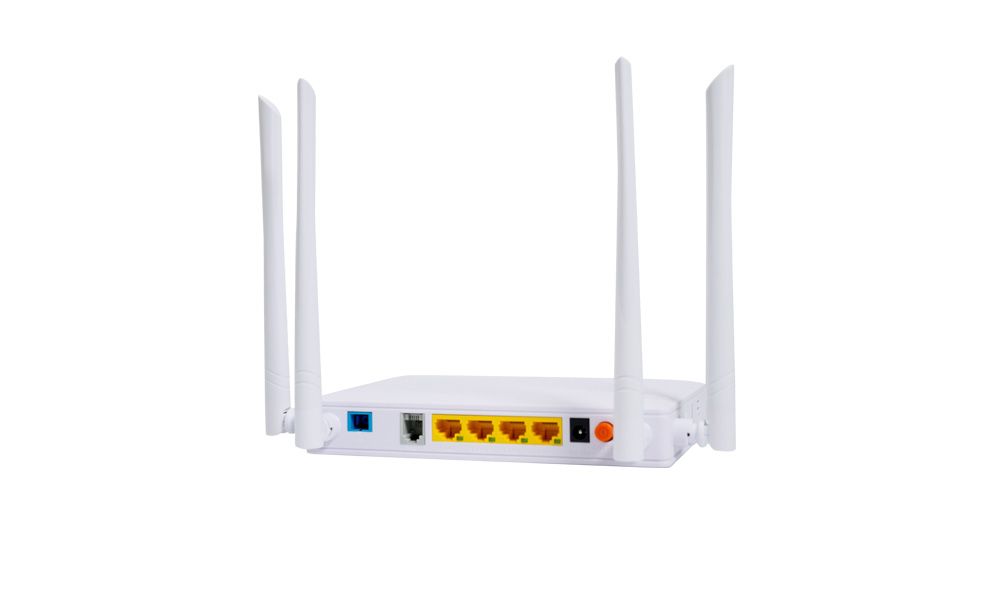
2. Types of ONTs
ONT is what we commonly call an optical modem, which is divided into SFU (Single Family Unit, single family user unit), HGU (Home Gateway Unit, home gateway unit) and SBU (Single Business Unit, single business user unit).
2.1. SFU
SFU generally has 1 to 4 Ethernet interfaces, 1 to 2 fixed telephone interfaces, and some models also have cable TV interfaces. The SFU does not have a home gateway function, and only a terminal connected to an Ethernet port can dial up to access the Internet, and the remote management function is weak. The optical modem used in the early stage of FTTH belongs to SFU, which is rarely used now.
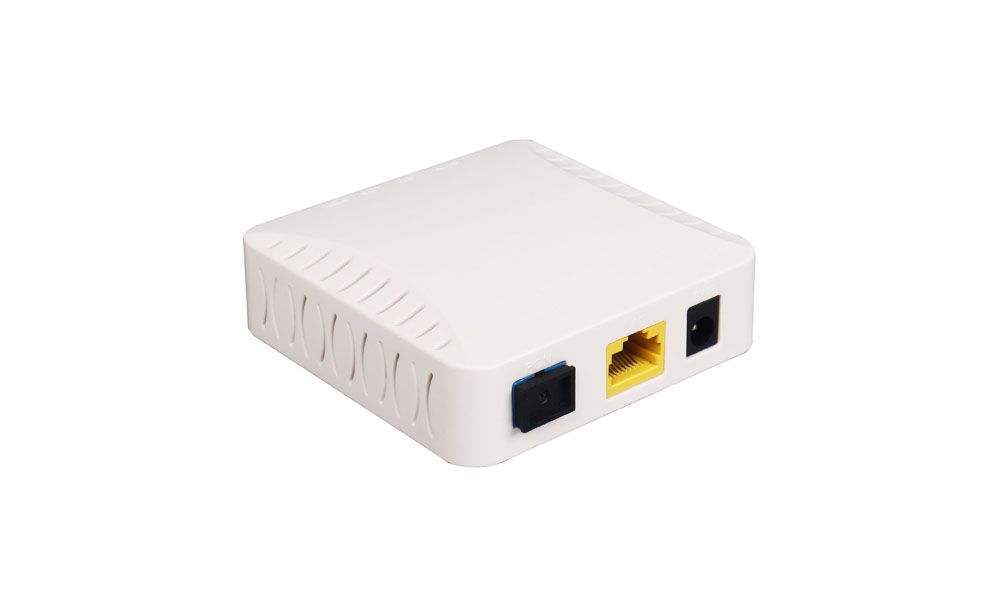
2.2. HGUs
The optical modems equipped with FTTH users opened in recent years are all HGU. Compared with SFU, HGU has the following advantages:
(1) HGU is a gateway device, which is convenient for home networking; while SFU is a transparent transmission device, which does not have gateway capabilities, and generally requires the cooperation of gateway devices such as home routers in home networking.
(2) HGU supports routing mode and has NAT function, which is a layer-3 device; while SFU type only supports layer-2 bridging mode, which is equivalent to a layer-2 switch.
(3) HGU can implement its own broadband dial-up application, and the connected computers and mobile terminals can directly access the Internet without dialing; while SFU must be dialed by the user’s computer or mobile phone or through a home router.
(4) HGU is easier for large-scale operation and maintenance management.
HGU usually comes with WiFi and has a USB port.
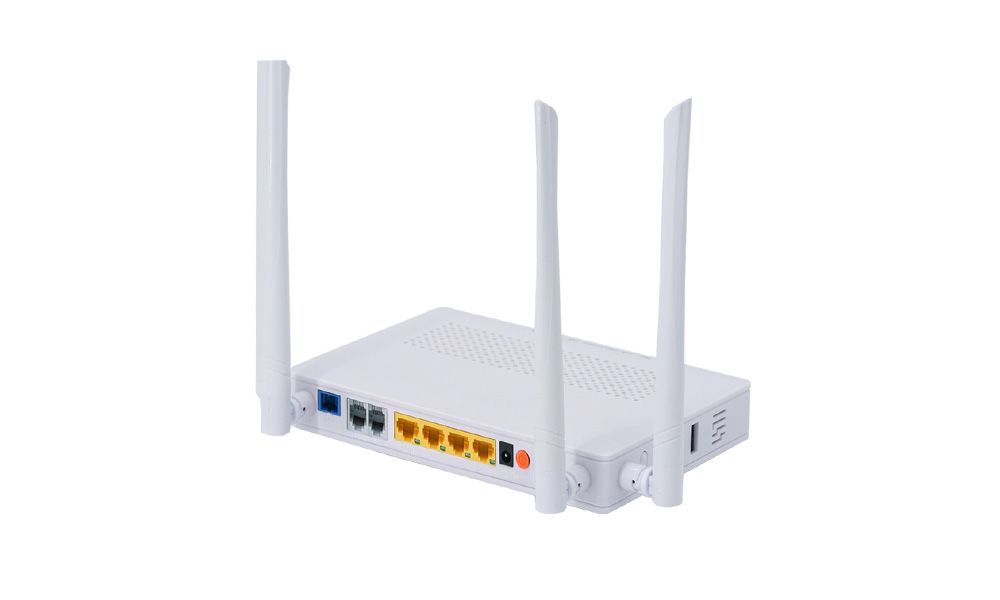
2.3. SBUs
The SBU is mainly used for FTTO user access, and generally has an Ethernet interface, and some models have an E1 interface, a landline interface, or a wifi function. Compared with SFU and HGU, SBU has better electrical protection performance and higher stability, and is also commonly used in outdoor occasions such as video surveillance.
3. ONU Type
ONU is divided into MDU (Multi-Dwelling Unit, multi-resident unit) and MTU (Multi-Tenant Unit, multi-tenant unit).
The MDU is mainly used for the access of multiple residential users under the FTTB application type, and generally has at least 4 user-side interfaces, usually with 8, 16, 24 FE or FE+POTS (fixed telephone) interfaces.
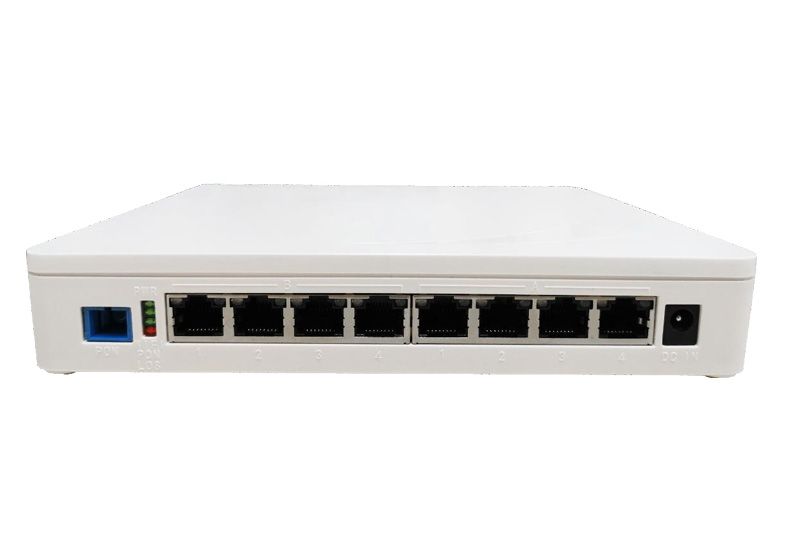
MTU is mainly used for the access of multiple enterprise users or multiple terminals in the same enterprise in the FTTB scenario. In addition to Ethernet interface and fixed telephone interface, it may also have E1 interface; the shape and function of MTU are usually not the same as those of MDU. The difference, but the electrical protection performance is better and the stability is higher. With the popularization of FTTO, the application scenarios of MTU are getting smaller and smaller.
4. Summary
Broadband optical fiber access mainly adopts PON technology. When the specific form of user-side equipment is not distinguished, the user-side equipment of the PON system can be collectively referred to as ONU.
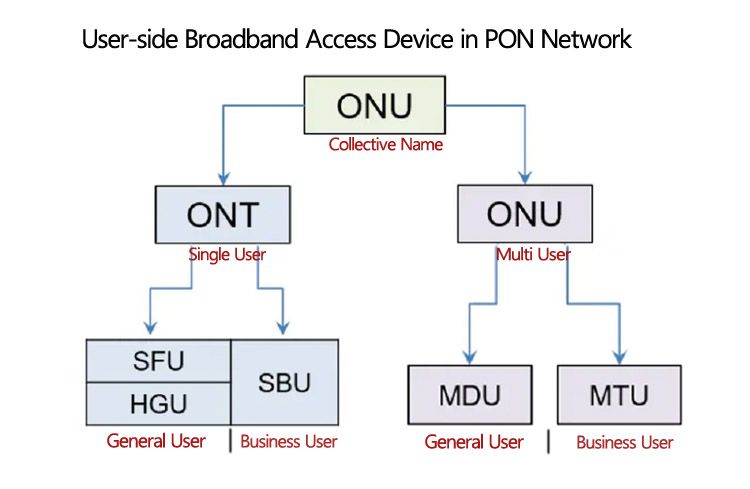
ONU, ONT, SFU, HGU…these devices all describe the user-side equipment for broadband access from different angles, and the relationship between them is shown in the figure below.
Post time: May-26-2023



